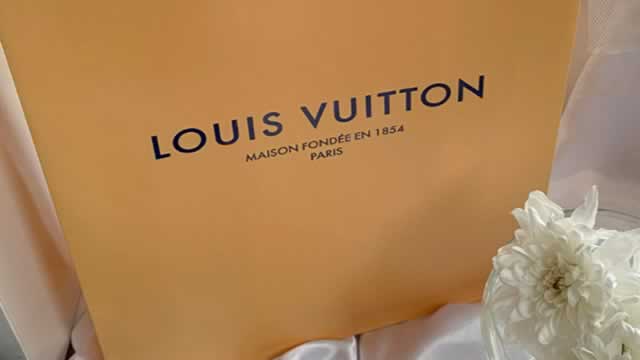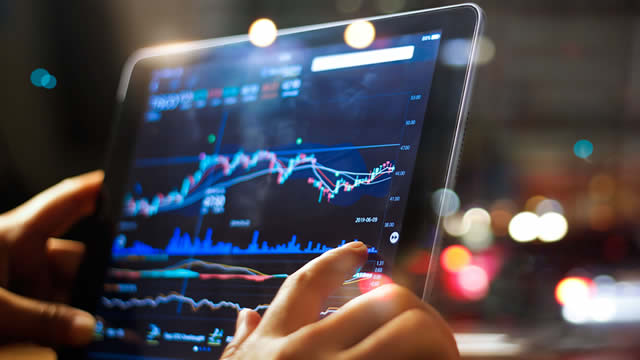LVMH’s Luxury Watches and Jewelry Sales Surge:
LVMH Moët Hennessy Louis Vuitton SE, the world’s largest luxury goods company, reported a robust rebound in sales for its watches and jewelry division in the final quarter of 2020 and the initial months of 2021. This positive trend was confirmed by several CEOs of the company’s prominent brands.
Strong Demand for Luxury Timepieces:
The watch segment, in particular, experienced a significant surge in demand. According to the CEO of TAG Heuer, Frédéric Arnault, the Swiss watchmaker’s sales have recovered to pre-pandemic levels. He attributes this success to the “desire for beautiful things” and the “need to reward oneself after a difficult year.”
Jewelry Market Shines:
The jewelry sector also performed exceptionally well. The CEO of Bulgari, Jean-Christophe Babin, reported a double-digit growth in sales for the brand’s jewelry division. He believes that this increase is due to the “desire for self-pampering and gifting” during these challenging times.
Impact on Consumers:
For consumers, this surge in sales indicates a renewed interest in luxury items, particularly watches and jewelry. These purchases can serve as a form of self-expression, self-care, or a symbol of achievement. Moreover, the availability of attractive financing options, such as interest-free credit or installment plans, has made luxury items more accessible to a broader audience.
- Increased competition among luxury brands for market share
- Potential price increases due to higher demand
- Expansion of financing options for luxury purchases
Global Implications:
The rebound in sales for luxury watches and jewelry at LVMH is not an isolated phenomenon. According to a report by Bain & Company, the global luxury market is expected to grow by 5% to 7% in 2021, with the Asia-Pacific region leading the charge. This growth is attributed to the region’s strong economic recovery and the growing middle class.
The resurgence of the luxury market has significant implications for the global economy. It represents a strong indication of consumer confidence and a return to normalcy. Furthermore, the luxury sector is a major contributor to the economies of countries like Italy, Switzerland, and France, where many luxury brands are based.
- Positive economic impact on luxury-focused countries
- Increased competition among luxury brands on a global scale
- Potential for job creation in the luxury industry
Conclusion:
The latest sales figures from LVMH’s watch and jewelry division underscore the resilience of the luxury market, even in the face of unprecedented challenges. The strong demand for luxury items, particularly watches and jewelry, signals a renewed confidence in the global economy and a desire for self-expression and self-care. As consumers continue to seek out beautiful and meaningful purchases, the luxury sector is poised for a robust recovery.
For individuals, this trend means more choices, increased competition, and potentially more accessible financing options for luxury purchases. For the world, it represents a positive sign of economic recovery and a potential catalyst for job creation and growth in luxury-focused countries. As we move forward, it will be interesting to see how this trend unfolds and what new opportunities it brings to the table.





